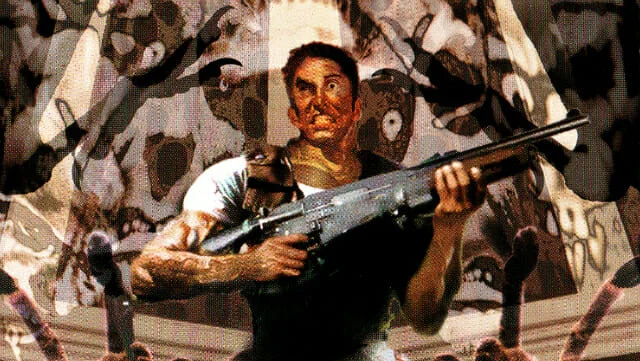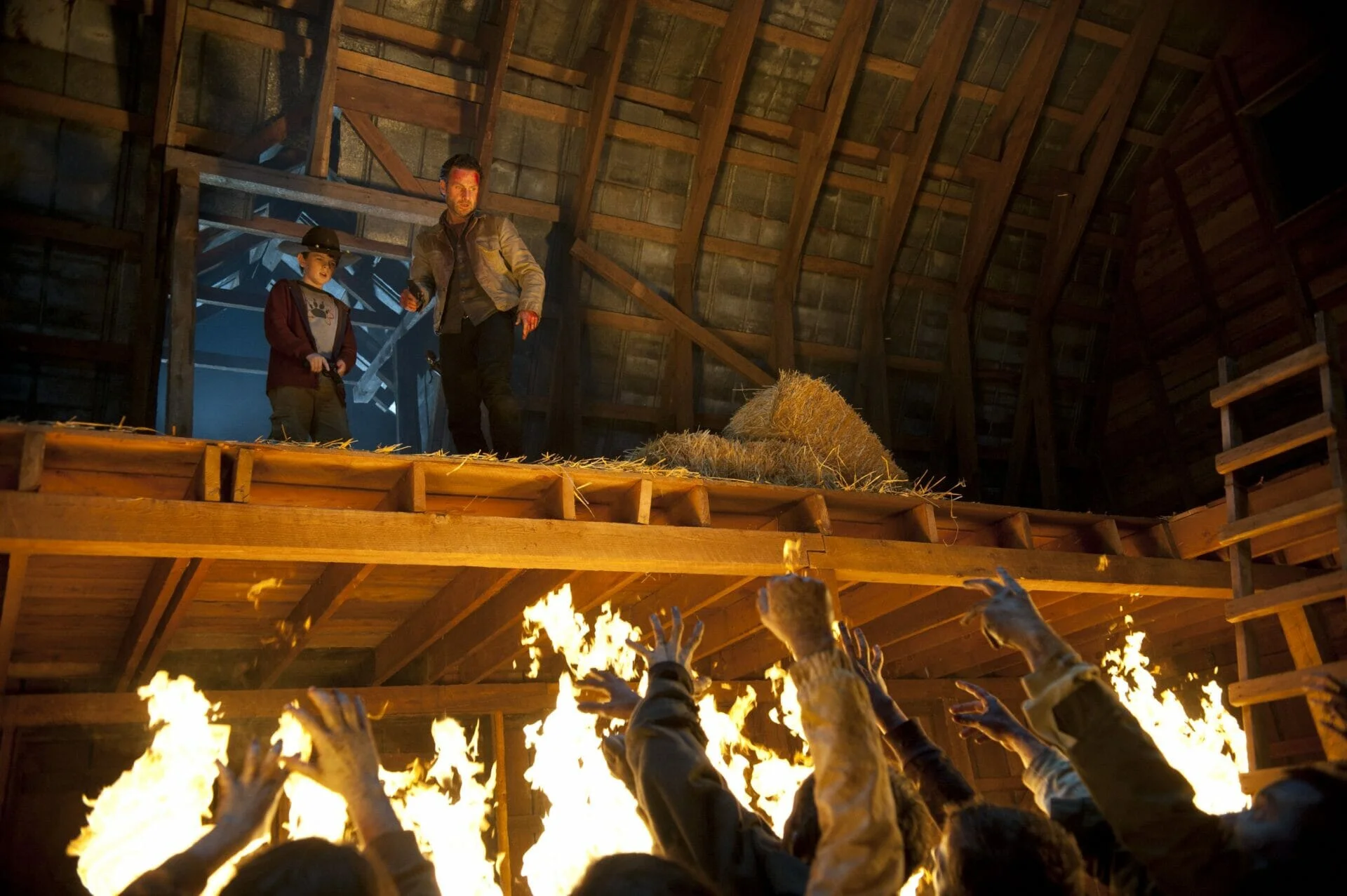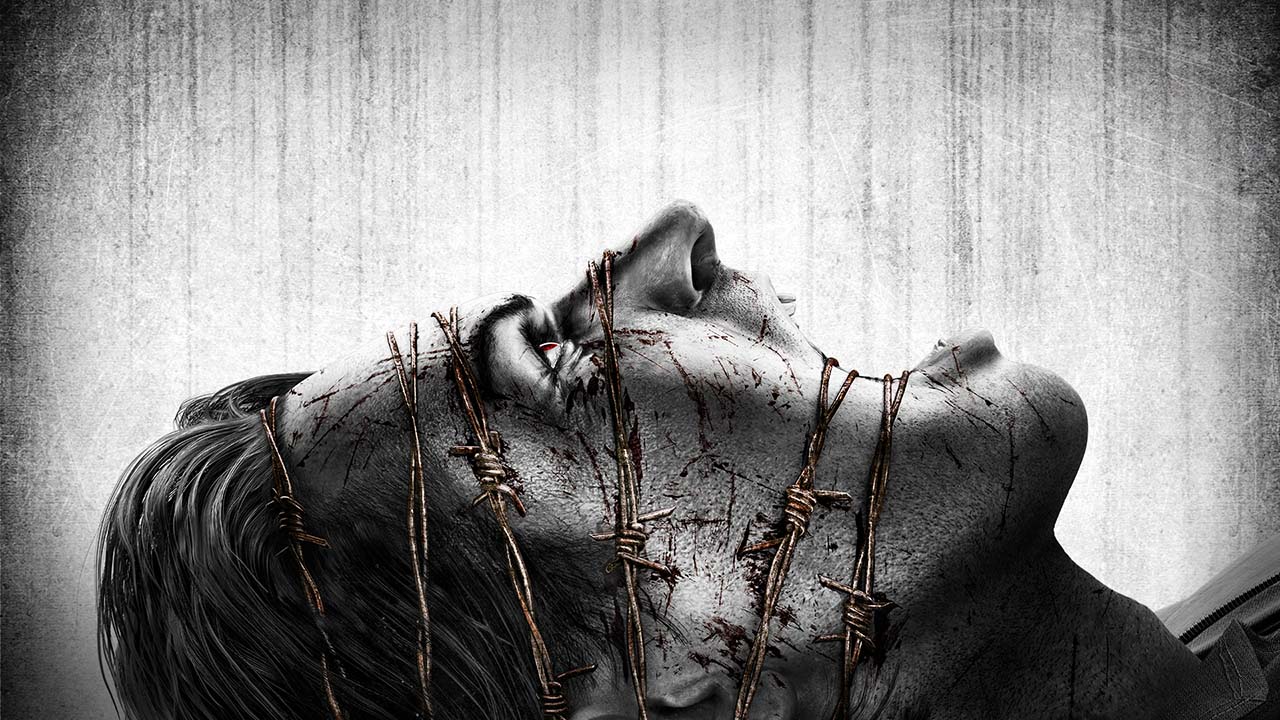
The Evil Within | Shinji Mikami and the Horrors of a Shared Nightmare
Game designer
Studio
Lead Composer
Publishing Year
Type of game
Genre
Subgenre
Country
The Evil Within is a 2014 survival-horror game focusing heavily on psychology and mental disorders. The story’s core occurs in a psychiatric hospital, the Beacon Mental Hospital. The Evil Within spurts from the twisted mind of Shinji Mikami, famous for his work on the Resident Evil series. While the video game also features zombie-like enemies and many mechanics well-known to the fans of the genre, it also brings to the screen much more, in terms of character psychology and extreme gore.
A bloody investigation
Krimson City Police Detective Sebastian Castellanos investigates a massacre that occurred at the Beacon Mental Hospital. It doesn’t take long for things to take the wrong turn, and Sebastian ends up captured and separated from his colleagues Joseph and Kidman.
People who once were humans, now “haunted”, attack Sebastian on sight, but that’s not the strangest thing. Escaping the Beacon, the detective ends up in the woods, which lead to a rural village and many more suggestive places, all infested with haunted, leaving him and the player guessing what’s real anymore.
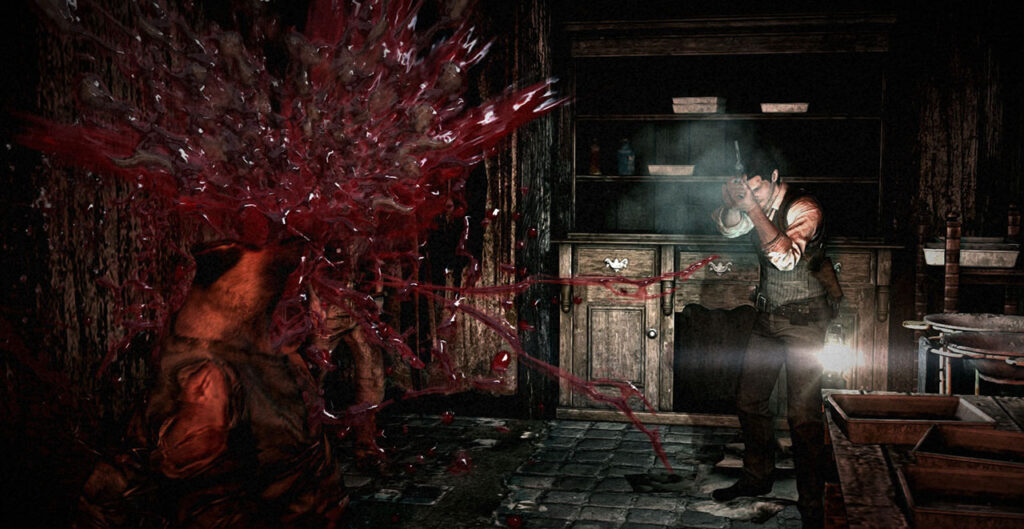
The only thing Sebastian can do, other than survive, is to search for Ruvik, a young man who seems to be in control of everything that’s happening, and Leslie, a patient of the Beacon who, for some reason, is important to Ruvik.
Soon Sebastian and the newly found colleagues understand that what they are experiencing is a world that mixes past and present from Ruvik’s memory. They are living a shared nightmare through the STEM, a machine capable of connecting minds and forcing them to share a mental world. Other than trying to save himself, his friends, and other victims of the STEM, Sebastian will find himself entangled in a conflict to take control of such a powerful machine, which could have repercussions on the entire world.
Long way down
Despite being similar to the more action-focused entries of the Resident Evil series, The Evil Within has a lot of unique traits. Exaggerated splatter, instant death behind every corner, and a cumbersome movement system are part of its charm. The game alternates urban and rural settings, some in broad daylight, others full of steel and machinery, and segregated underground.
But the element that most of all makes The Evil Within stand out is the way it presents its characters. Sebastian is no hero. In fact, he has a past as an alcoholic and keeps doubting himself. This is well translated to the controls: Sebastian has limited stamina to run and can die in horrendous ways at the simple touch of a trap. The same is true for his companions: Joseph doubts whether he is of use to him, and more than once tries to take his own life to prevent him from becoming haunted and harming his partner. Kidman, instead, is secretive and hides her true identity.
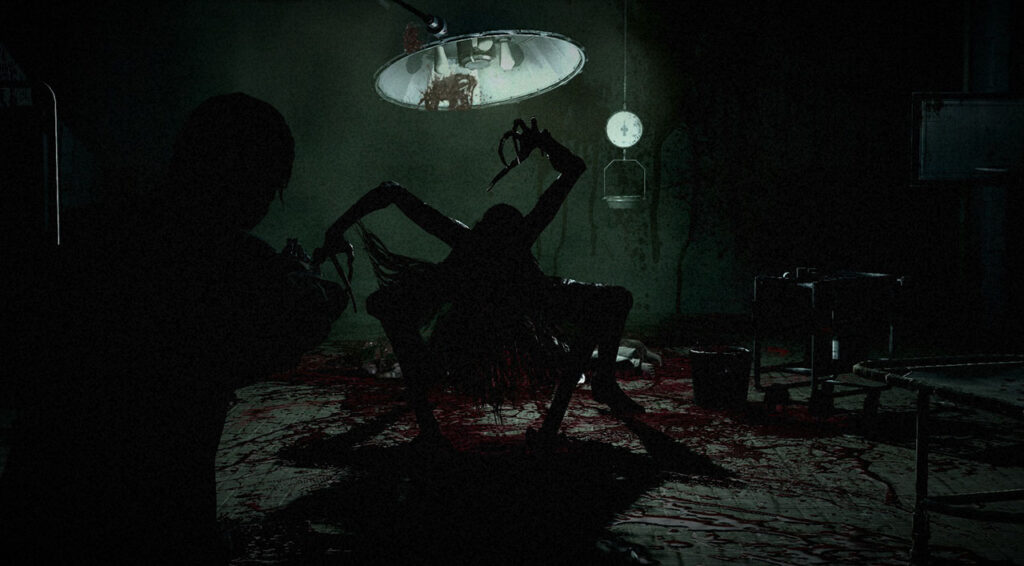
The psychological side of the story is what ties it all together. The (incredible) monster design is connected to Ruvik’s past and traumas. The safe room, a ward of the Beacon that Sebastian can enter through broken mirrors, is full of hints, newspaper articles, photographs, and strange happenings that give small pieces of the general narration. One could say that the story is hard to piece together, but it’s making it out from these scattered pieces of the minds of Ruvik and Sebastian that makes it so satisfying.
Visually, the theme of the subconscious is portrayed through brains. The exposed ones of the haunted, Sebsatian’s brain which the player injects with a weird green gel to upgrade his skills, and Ruvik’s brain, the giant one that governs the STEM. The metaphor of descending into the subconscious, one found in many other games and movies, is reinforced by the copious amount of elevators that bring Sebastian deep down into Ruvik’s mind. Much like Silent Hill 2‘s constant jumping into bottomless holes.
A journey within
The Evil Within is a dirty jewel. The rigid controls, steep difficulty, and somewhat ambiguous narration made it a less ‘blockbuster’ alternative to Resident Evil. But Shinji Mikami’s latest horror work has found, in time, its players and admirers, for it is a deep, frightening, and immersive experience filled with meaning. If one were to connect their brain to the STEM again and again, the evil that lies within would creep deeper into their skin, the story take a clearer shape, and even the control scheme or limitations would turn into what makes the game truly fascinating.
Despite the generally good reception of both The Evil Within and its 2017 sequel, the recent shutdown of Tango Gameworks from Microsoft made it clear that we won’t see a third chapter. Or at least, not in the near future.
Tag
Buy a ☕ for Hypercritic





